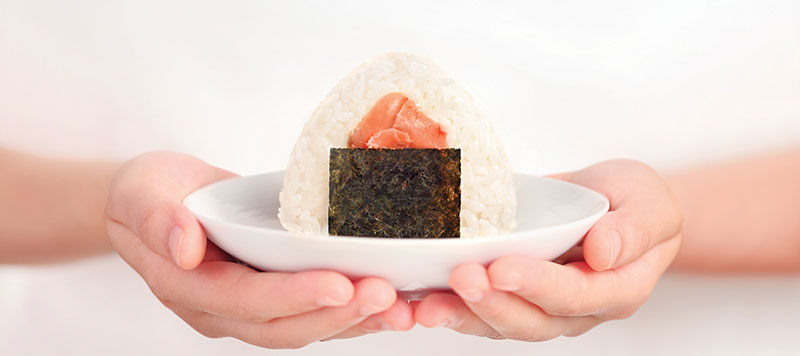“Japanese cuisine (Washoku)” was registered as a UNESCO intangible cultural heritage in December 2013. Its recognition proved that Japanese cuisine (washoku) culture, derived from nature and the seasons, is gaining support from all over the world as health awareness grows.
Like Chinese cuisine, Japanese cuisine (washoku) is also commonly served with “ichijū-sansai” — one soup and three dishes. It differs from Chinese cuisine in that the “three dishes” in Japanese cuisine could be further divided into one main dish and two side dishes. Besides rice, a bowl of miso soup is also necessary. This has long been the traditional eating habit of Japan. Carbohydrate-rich rice provides energy, soup replenishes fluids, while the dishes supply different kinds of nutrients. Japanese cuisine (washoku) is nutritionally-balanced, delicious, and visually-appealing as well.
hana-musubi is committed to promoting “Japanese cuisine (washoku)” culture, bringing everyone a quintessentially Japanese healthy eating experience with the Japanese rice Omusubi, various traditional dishes, and homemade soup.
What is authentic Japanese cuisine?
The Japanese words “ichijū-sansai” (“one soup, three dishes”) is the core tenet of authentic Japanese cuisine. It comprises the following staple foods: rice, miso soup, one main dish, and two side dishes.




 Our Omusubi
Our Omusubi
